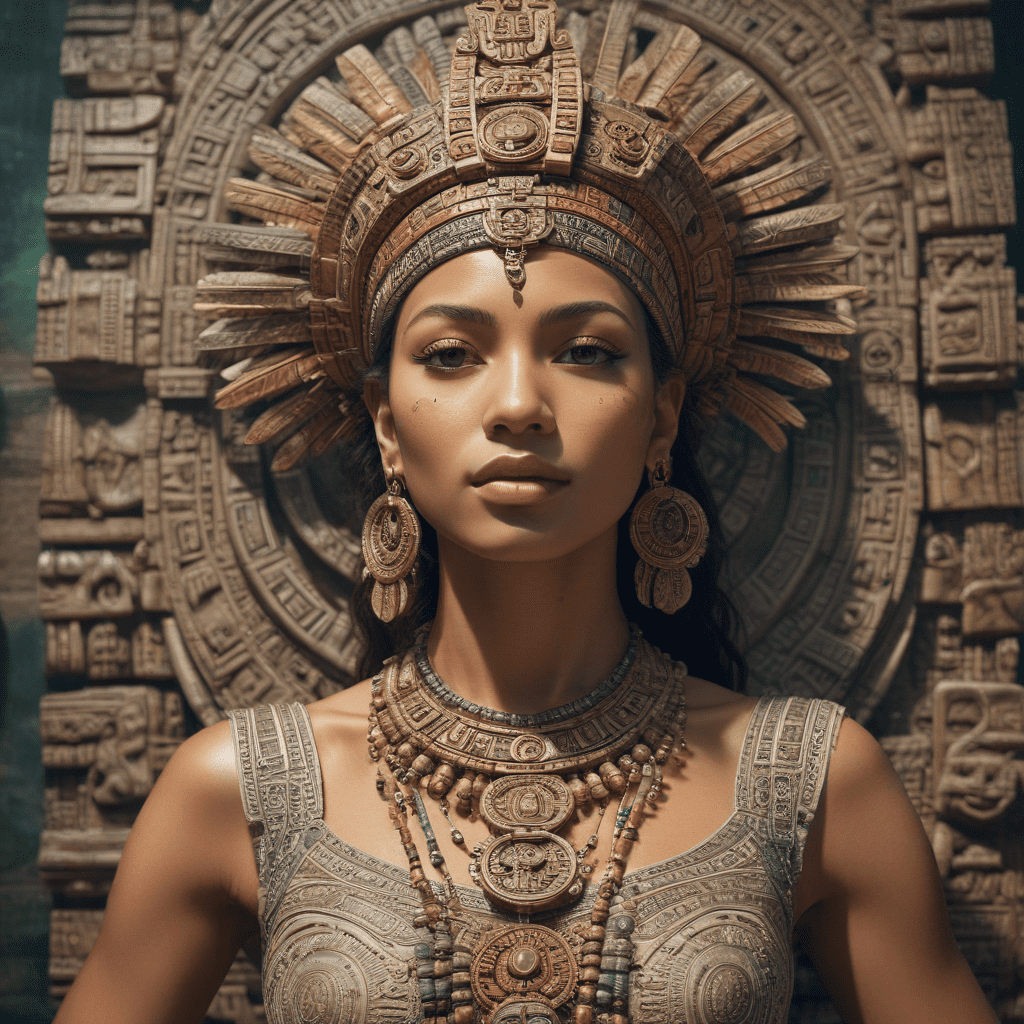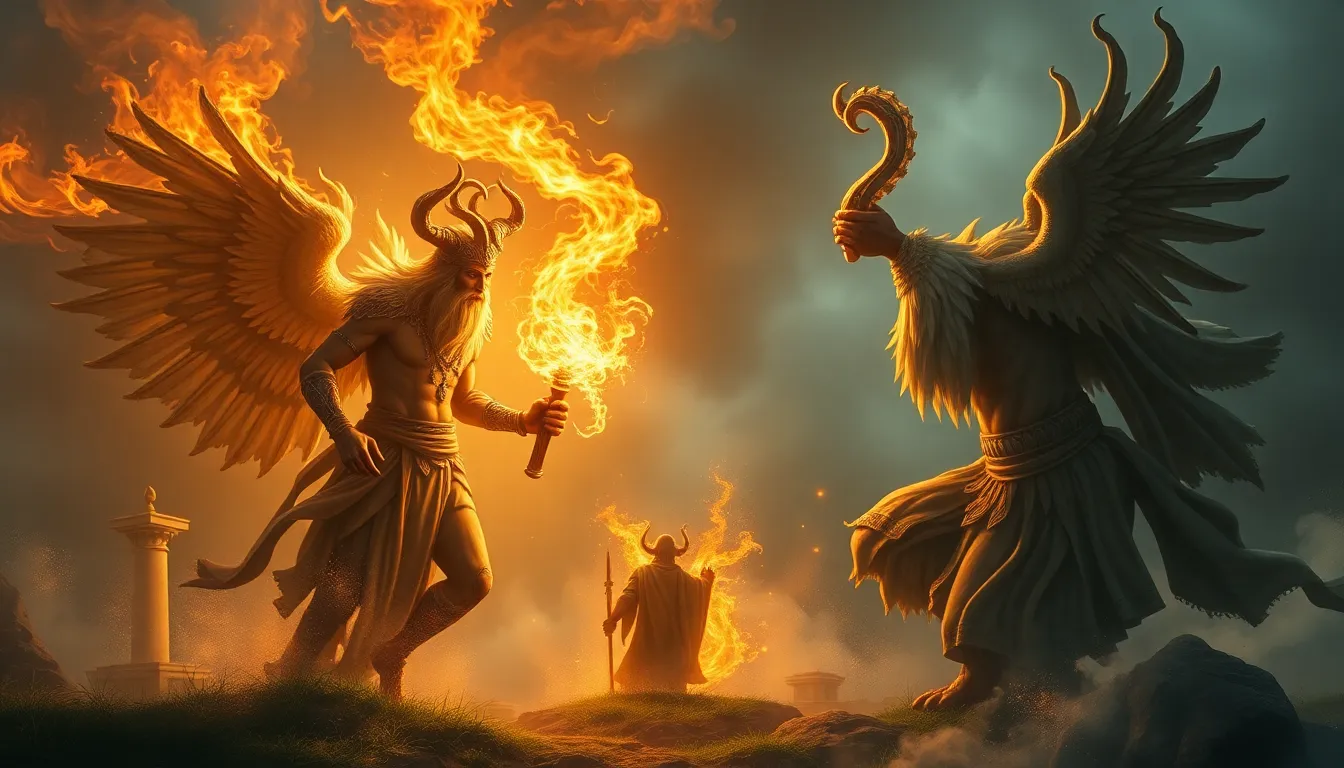Exploring Mayan Mythological Texts: Popol Vuh
The Popol Vuh, a sacred text of the K'iche' Maya people of Guatemala, offers a fascinating glimpse into their rich mythology, cosmology, and history. This ancient text, believed to have been compiled around the 16th century, serves as a cornerstone of Mayan cultural identity and continues to captivate readers with its captivating tales and profound insights.
1. Introduction to the Popol Vuh
The Popol Vuh, meaning "Book of the People" or "Book of the Community," is a compilation of creation myths, hero tales, and historical accounts. It is written in a poetic and symbolic style, interwoven with elements of allegory and oral tradition. The text provides insights into Mayan beliefs about the origin of the universe, the creation of humanity, the exploits of legendary heroes, and the significance of the underworld.
2. The Creation Myth: The Birth of the World and Humanity
The Popol Vuh begins with the dramatic creation myth, detailing the emergence of the world from a primordial state of darkness and chaos. The story unfolds with the actions of the creator deities, Tepeu and Gucumatz, who bring forth the earth, sky, seas, and all living beings through their divine words and thoughts.
3. Hero Twins: Hunahpu and Xbalanque and their Adventures
The central narrative of the Popol Vuh revolves around the adventures of the hero twins, Hunahpu and Xbalanque. These intrepid brothers, skilled in magic and trickery, face numerous challenges and adversaries, including the deceitful lords of the underworld, Xibalba. Their exploits symbolize the triumph of good over evil, the importance of courage and perseverance, and the cyclical nature of life and death.
4. Lords of Xibalba: The Underworld and its Challenges
The Popol Vuh delves into the depths of the Mayan underworld, Xibalba, a realm of darkness, trials, and death. This section of the text describes the treacherous journey of Hunahpu and Xbalanque through the nine levels of Xibalba, where they confront the sinister lords and their deadly tests. The underworld serves as a metaphor for the challenges and dangers faced in life, as well as the ultimate triumph of the human spirit.
5. Cosmological Beliefs: The Mayan View of the Universe
The Popol Vuh reveals the Mayan understanding of the universe as a complex and interconnected system, with multiple levels and dimensions. The text describes the earth as a flat plane, held up by four giant pillars, and surrounded by the sky, the underworld, and the celestial realms. This intricate cosmology reflects the Mayan perception of the world as a harmonious and balanced whole, where the natural and supernatural realms are interwoven.
6. Symbolism and Allegory: Decoding the Deeper Meanings
The Popol Vuh is rich in symbolism and allegory, inviting readers to delve beyond the literal narratives to uncover deeper meanings. The characters, events, and objects within the text hold layers of significance, reflecting Mayan beliefs about the natural world, society, and the human condition. For instance, the maize plant, a staple food source for the Maya, is often associated with creation and fertility, while the jaguar symbolizes power, strength, and the underworld. The hero twins embody the complementary principles of duality, representing the interdependence of light and darkness, good and evil, and life and death.
7. The Popol Vuh and its Historical Context: Insights into Mayan Culture
The Popol Vuh offers invaluable insights into Mayan culture and history, providing a window into their worldview, belief systems, and social structures. The text reveals their reverence for nature, their complex understanding of the cosmos, and their emphasis on balance and harmony. The stories of the hero twins illustrate the importance of courage, determination, and collaboration in overcoming adversity, while the creation myth reflects their deep connection to the land and their belief in the cyclical nature of existence.
8. The Significance of the Popol Vuh: A Legacy for the Ages
The Popol Vuh continues to hold profound significance for the K'iche' Maya people and beyond. It serves as a cornerstone of their cultural identity, preserving their history, mythology, and worldview for future generations. The text has also captured the imagination of scholars, anthropologists, and artists worldwide, inspiring research, interpretations, and artistic expressions. The Popol Vuh remains a testament to the enduring power of storytelling and the richness of human imagination.
9. Modern Interpretations and Adaptations of the Popol Vuh
The Popol Vuh has been translated into numerous languages and continues to be interpreted and adapted in various forms. Contemporary artists and writers have drawn inspiration from its narratives, creating paintings, sculptures, poems, and novels that reinterpret the myths and legends for modern audiences. These adaptations demonstrate the enduring relevance of the Popol Vuh and its ability to resonate with people across cultures and generations.
10. The Popol Vuh and its Influence on Contemporary Literature and Culture
The influence of the Popol Vuh can be seen in various aspects of contemporary literature and culture. Writers such as Miguel Ángel Asturias, Alan Moore, and Neil Gaiman have drawn inspiration from its themes and characters, incorporating Mayan mythology into their works. The text has also influenced filmmakers, musicians, and visual artists, who have reimagined the stories and symbolism of the Popol Vuh for new audiences.


